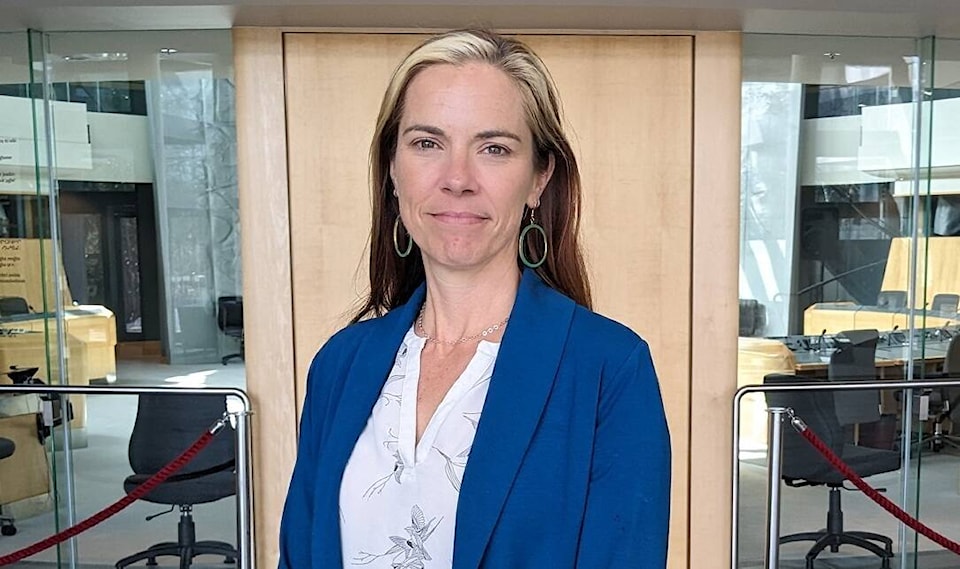Caroline Wawzonek, Minister Responsible for the Status of Women, spoke about changes the GNWT are making in response to the National Inquiry into Missing and Murdered Indigenous Women and Girls (MMIWG).
“One of the things we want people to take away is that the national inquiry labelled this as a genocide,” she said. “One of the things we put as number two in terms of our response is to acknowledge what is at stake and how we got here.”
She said that the use of the word genocide is an uncomfortable word and was controversial but that the national inquiry put a lot of effort and time into why they landed on their application of that definition.
“I think it’s a first step to truly acknowledge what that word means and that it comes from a historical and systemic reality, and one that is not completely gone,” she said.
Yellowknifer asked if she agreed with the national inquiry’s use of the word genocide and she said that, based on the national report and a side-report which explained their use of the word more, she thinks it is “very compelling.”
The GNWT have been working on their action plan which includes 94 different actions in response to the national inquiry. It was first tabled in the legislative assembly in November 2022.
“We’re in a position to really lead a response in Canada,” Wawzonek said.
She also said that they would be updating their action plan annually and the 2023 update is expected to be ready in June. Some examples she provided of what they are working on this year include engaging with the public about the affirmative action policy and planning to provide more culturally informed health care.
In the 94 actions are four main themes, all based on the 231 Calls for Justice in the national inquiry, Wawzonek said.
Canadians who are interested in making a difference first need to start by acknowledging the problems Indigenous women and girls are facing which requires being informed, she said.
One example she gave was the Living Well Together course, which is an eight-module course that is mandatory for all public servants but publicly available.
“There’s some parts that are very uncomfortable but it starts to give people a real grounding in history that I don’t think Canadians, certainly my generation of Canadians, weren’t raised knowing.”
She gave a personal example of a change that took place to inform the next generation.
“My kid came home saying they’re talking about Red Dress Day in school,” she said. “This is amazing. (We) didn’t talk about any of these issues when I was in grade five, six, seven.”
She said that it wasn’t enough to ‘check the box’ but it is a starting point.
When asked what she thought needed to be heard to understand the underlying issues that Indigenous women and girls are facing, she said that they are the ones that need to speak.
She had a message to the families and friend of Indigenous women and girls who have gone missing or were murdered.
“We see you, we hear you, and we want to do better. We value them,” she said.
